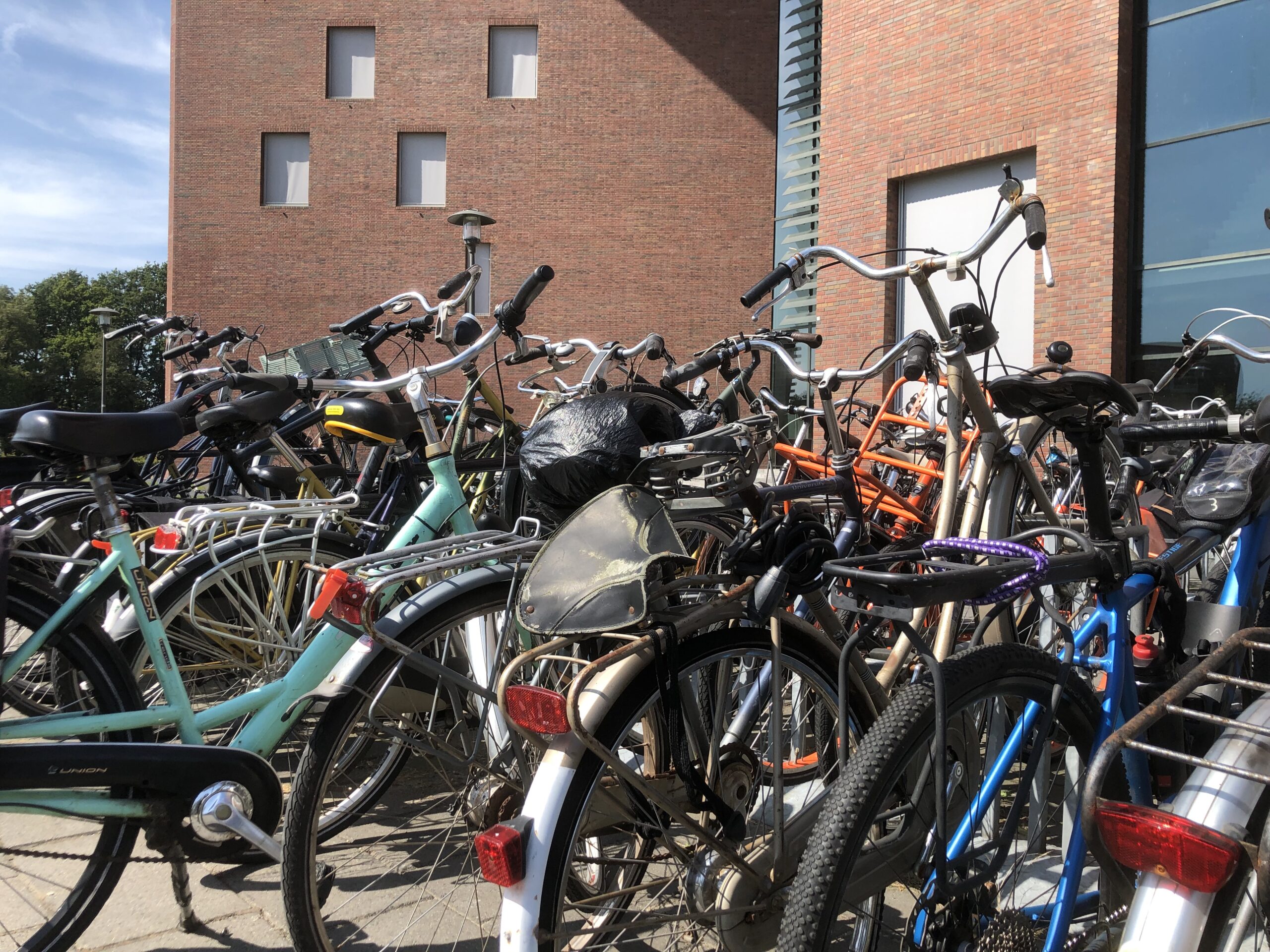With the new academic year almost starting, there are plenty of bike ads on Student Plaza, and many bikes will change hands. What should you look for when buying a new pre-loved bike to prevent a bad buy? Pedro – who has three years of experience as a volunteer at Bike Repair Wageningen – shares his insights.
1. Shake it
‘When looking at your potential new bike, the first thing you should do is take the handlebar and just shake it. If anything shakes or moves, like the wheel or the chainguard, reconsider buying it. It might be an easy fix, but if you go to a bike shop later to repair it, that will cost you at least 50 euros.’
2. Warranty?
‘If you buy a second-hand bike in a shop, the shop owner might give you a warranty for a certain period. Always ask for a written warranty. If a promise to fix or replace your bike is made verbally and not put in writing, the company is still legally obligated to honour it. However, actually claiming the warranty could be difficult because you would need proof that the promise was made.’
3. Ride it
‘Always go for a test ride. Test the brakes, feel if the saddle is right for you, and test the gears. If it has eight gears, test all eight. If one doesn’t work, it’s probably not a good deal. The problem will likely get worse. The saddle should be more or less at hip height so you can reach the ground when you stop. People not used to biking often prefer to have their feet completely on the ground and end up buying a smaller bike than they need. This will cause your legs to not fully stretch when biking, making it harder to cycle. Also, the handlebar of Dutch bikes is relatively high. Don’t let that intimidate you; it’s just how Dutch city bikes are made.’
4. Tyre check
‘Check if the tyres have a sufficient profile. Don’t get the bike if they are worn out or if the rubber has cracks. Usually, when the sides of the tyres crack, they are too old. When the profile is worn out, the tyre is used often. So, a tyre can be too old and unused at the same time. This happens a lot with abandoned bikes that bike shops buy from, for example, municipalities.’
5. Missing parts
‘Check if there are any missing spokes. It might never give you problems, but usually, more spokes will start breaking. Every bike shop will charge a lot to fix it because spokes come in many different sizes, and they need to remove the wheel to fix it, which takes much time. This goes for all broken or missing parts. Replacing it or buying new parts like lights, cables, or a bell will all cost you and will make the actual price of your new bike a lot higher.’
Student Bike Workshop Wageningen, or, in short, Bike Repair, gathers every Tuesday (6 to 8 p.m.) in Orion’s basement. They help you fix your bike for free and teach you how it’s done. Keep an eye on their Instagram for updates.

 A herd of bikes in front of Forum. Photo Resource
A herd of bikes in front of Forum. Photo Resource 

